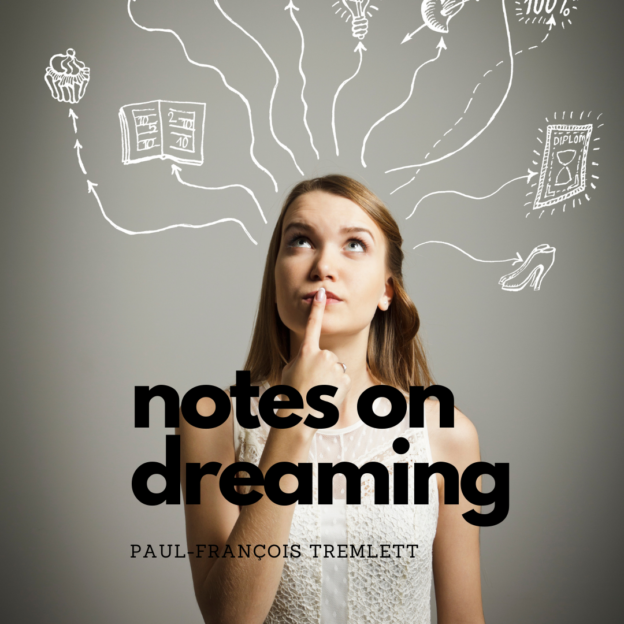By Paul-François Tremlett
I have written about dreams in relation to anthropology and religion before (Tremlett 2008 and 2017), and I return to dreams here spurred on in part by the spate of stories in popular media about dreams and the pandemic (e.g. Renner 2020). Pandemic-dream stories, if I can call them that, sometimes rehearse a basic opposition between the idea that dreams are airy nothings and meaningless arbitrary associations on the one hand, and the idea that dreams are producers, performers and generators on the other.
Perhaps surprisingly, we can find that opposition at work in late nineteenth and early twentieth century writings about the origins of religion. For example, according to the British anthropologist E. B. Tylor (1832-1917), it was precisely the desire to explain the appearance, in dreams, of “human shapes” (Tylor 1903 I, 428), that led to the development of animism which was, or so Tylor claimed, the original form of religion. This view was vehemently opposed by Emile Durkheim (1858-1917) who argued that dreams leave only “vague impressions … in the memory” (Durkheim 1915, 58; 1960, 82) meaning that it was unlikely that anyone would spend much time dwelling or reflecting on them and, if they did, it was to no purpose anyway. As you may have guessed, Durkheim had his own theory about the origins of religion!
Perhaps what is most interesting is that Tylor’s general theory of religion is typically represented as a rationalist theory, yet he locates the origins of religion in an irrational force (the dream), while Durkheim’s general theory of religion is routed through ideas about emotion and affect, yet he says thinking about dreams is a waste of time that could otherwise be spent on more productive pursuits (a rather utilitarian or rationalist perspective). In other words, when it comes to dreams, Tylor and Durkheim swap places: the utilitarian becomes the irrationalist and vice versa. What does any of this have to do with Covid? If, like me, you’ve been experiencing some pretty weird dreams these past months, try to enjoy the ride. If I’ve learned anything, it’s that dreams are cryptic machines. They make stuff, it’s just not clear why or to what end.
References
Durkheim, E. (1915) The Elementary Forms of the Religious Life, (trans), J. W. Swain, London: George Allen & Unwin Ltd.
Durkheim, E. (1960) Les Formes Elémentaires de la Vie Religieuse, Paris: PUF.
Renner, R. (2020) The pandemic is giving people vivid, unusual dreams. Here’s why. | National Geographic
Tremlett, P-F. (2008) ‘Anthropology, Dreams, Epistemology’ in Anthropology Today 24 (6): 27-29.
Tremlett, P-F. (2017) ‘Deconstructing the Survival in E. B. Tylor’s Primitive Culture: From Memes to Dreams and Bricolage’ in Edward Burnett Tylor: Religion and Culture, London: Bloomsbury, 179-194.
Tylor, E. B. (1903) Primitive Culture: Researches into the Development of Mythology, Philosophy, Religion, Language, Art and Custom Vols. I, 4th Ed, London: John Murray.

